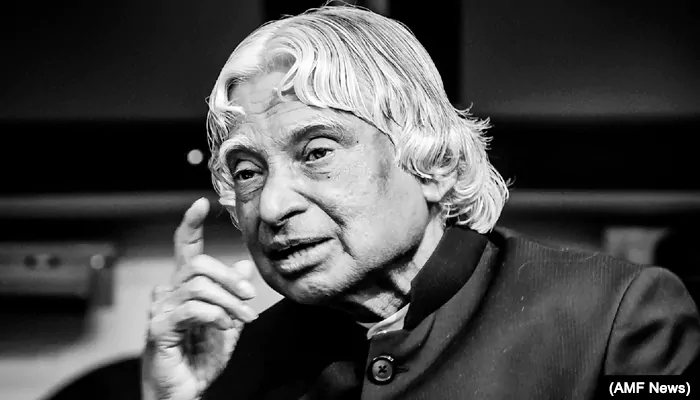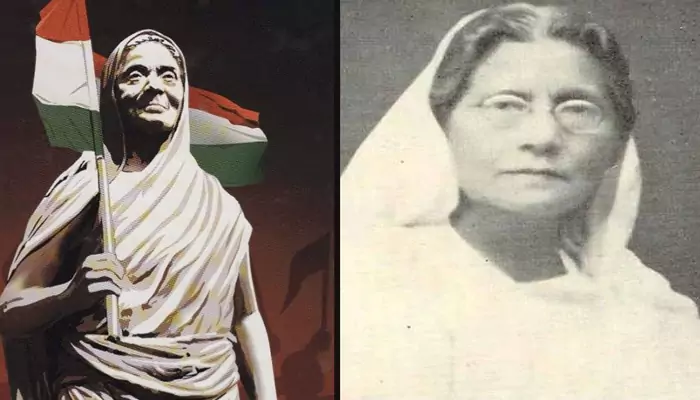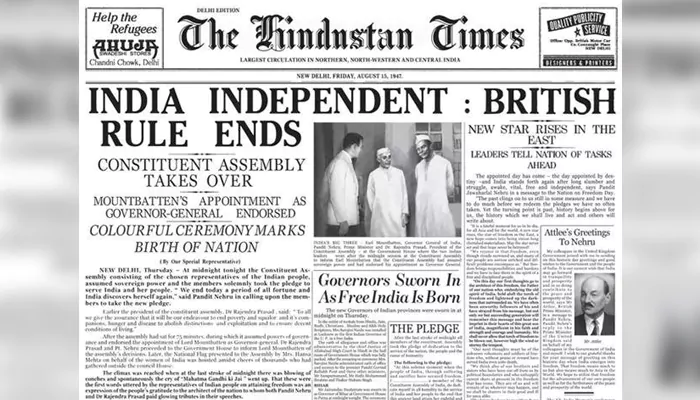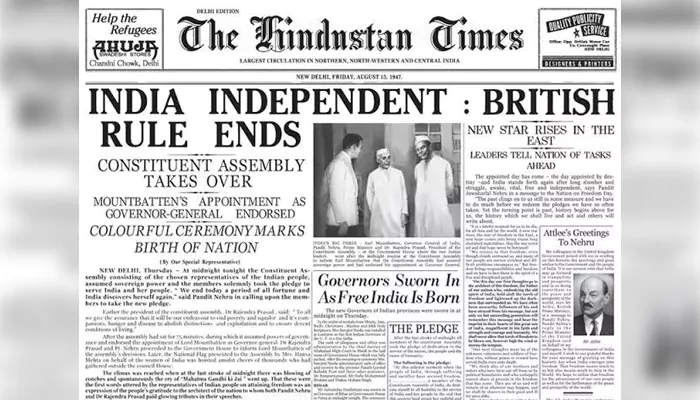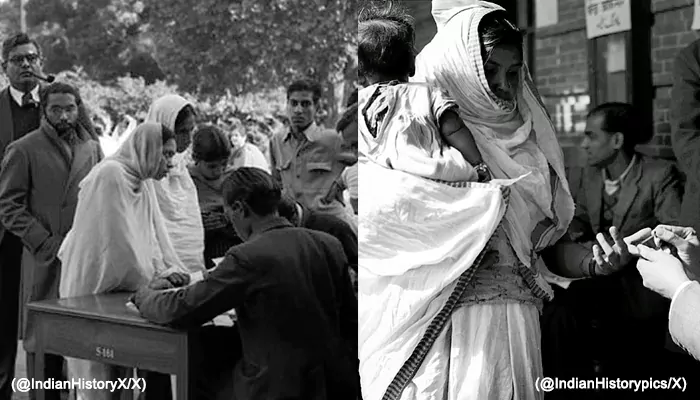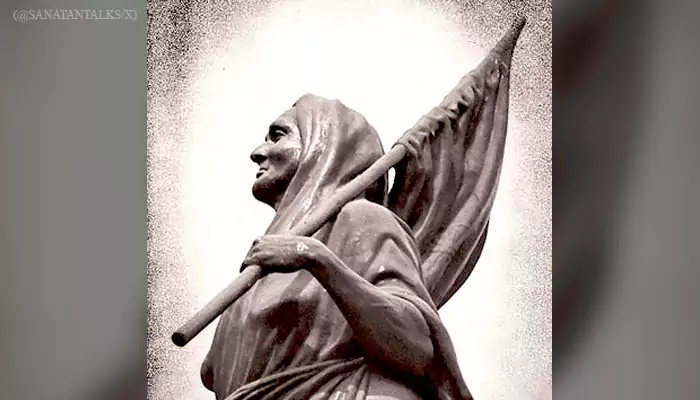With Lok Sabha Elections 2024, It’s Time For 'I Voted' Selfies; Check Out Where That Ink Comes From
- Admin
- 1 year ago
- 3 minutes read

The semi-permanent dye, which is used on the voters’ fingers, is a proof that the individual has cast their vote.
Post voting, uploading selfies and photos of the inked finger has now become a norm on social media, and it also encourages others to vote. The semi-permanent dye used on voters’ fingers is to prevent voter fraud by Election Commission of India, because it is a proof that the individual has cast their vote. But do you know when and where the practice started, and the details of the ink or dye used?
As per News18, the ink was first used in 1962 in India and since then, it has been used in all Lok Sabha and Assembly elections. The ink mark, also known as electoral stain or electoral ink, is also used in local body polls. It is used under Rule 49K of the Conduct of Election Rules, 1961, which means that the mark on the left forefinger is to safeguard against impersonation. The semi-permanent dye helps in preventing multiple voting, i.e. voting for more than once during an election. According to the EC, it ensures fairness of the voting process.
The ink cannot be easily removed, making it more viable against voter fraud.
Who Manufactures This Ink?
Well, the ink is not a commonly available ink, and it was developed by the National Physical Laboratory (NPL), New Delhi – a constituent laboratory of CSIR – in 1961. It has also been patented by the CSIR-National Research Development Corporation (NRDC), New Delhi, which issued the licence and know-how to Mysore Paints and Varnish Limited (MPVL) in 1962.
“An agreement for exclusive manufacturing of Indelible Ink between CSIR-NRDC and MPVL was entered to this effect. Since then, MPVL has been the sole authorised manufacturer of indelible ink in India for the Election Commission of India,” an EC official confirmed to News18.
Initially, the ink used to be filled in the glass bottles and supplied, but soon, MPVL switched over to amber-coloured plastic containers, to make it convenient for election officials. The firm also exports the indelible ink to several countries, including Malaysia, Canada, Cambodia, Ghana, Ivory Coast, Afghanistan, Turkey, Nigeria, Papua New Guinea, Nepal, Madagascar, Nigeria, Singapore, Dubai, Mongolia, Sierra Leone, South Africa, and Denmark.
The ink also contains silver nitrate, which reacts with chemicals on the skin and nail, and leaves a semi-permanent mark on drying up within less than one minute. It can stay for several weeks, but it is skin safe and is resistant to water. It means that the voter cannot easily erase the mark and vote again.
Can Someone Refuse To Use The Ink?
If the voter refuses to allow the left index finger or they already have a mark, they are not allowed to vote, and they would also be barred from voting, if they did anything to remove the ink mark. Now as the country awaits the next Lok Sabha polls, it is time for the 97 crore voters to flaunt the inked finger.

